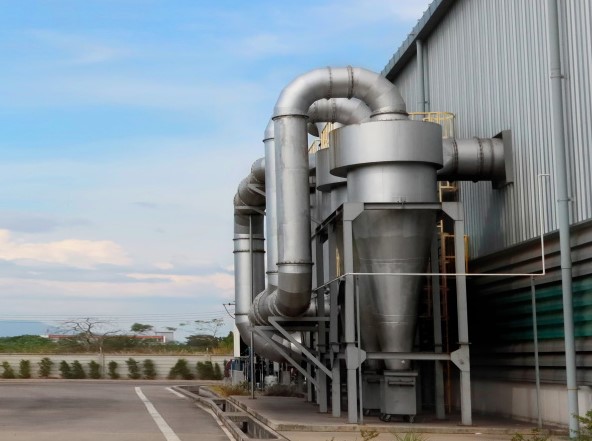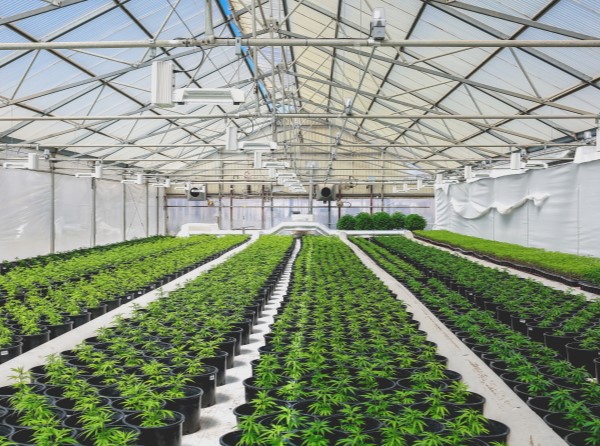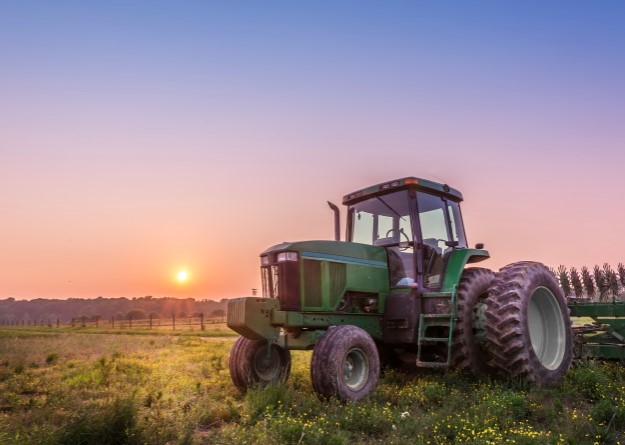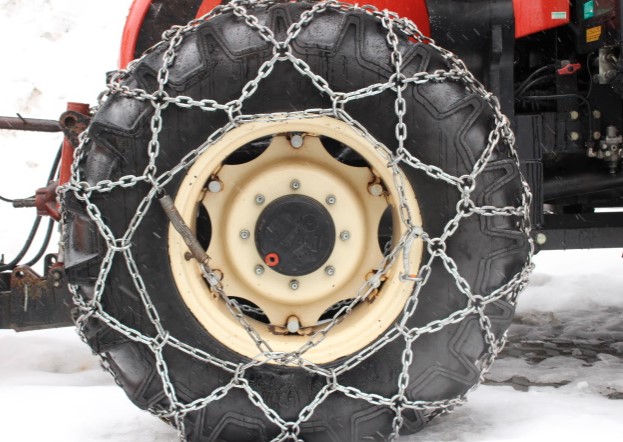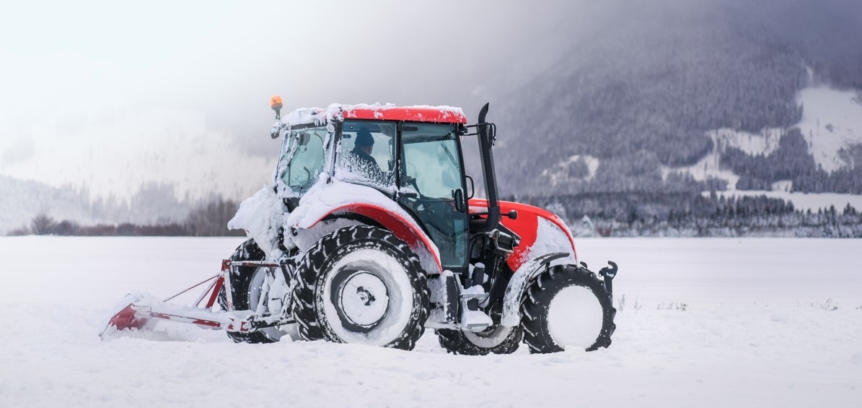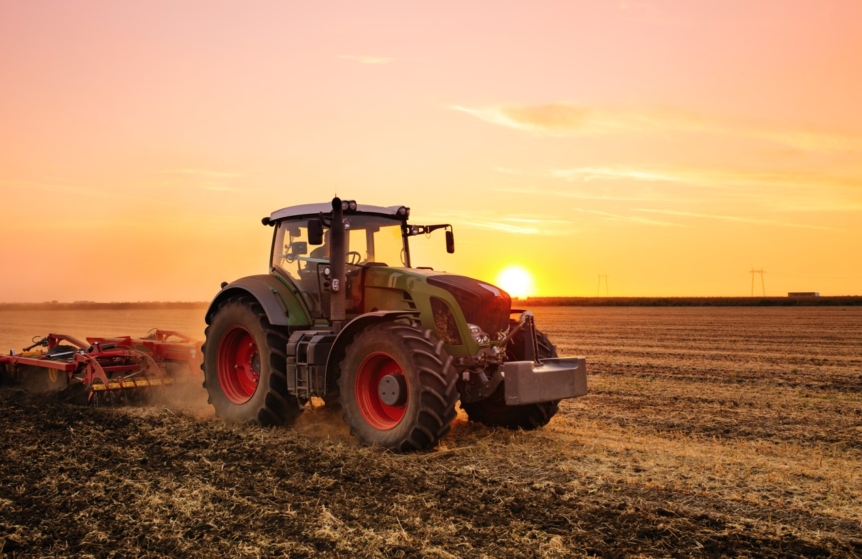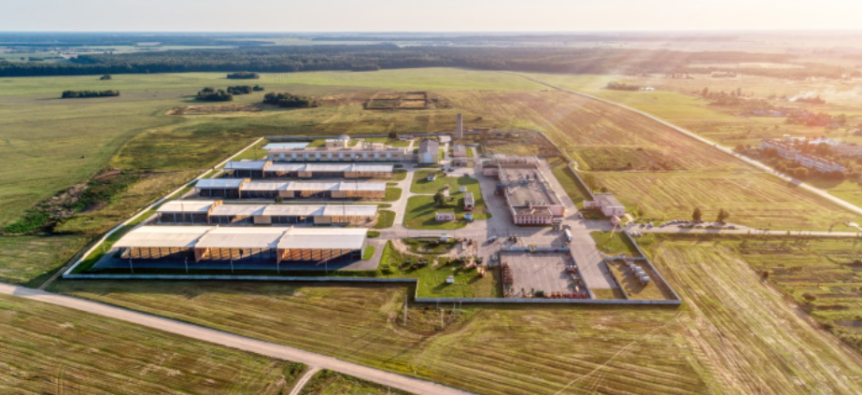Posted by Gina Ekstam, AssuredPartners Dust explosions devastate companies with extended downtime, injury, and loss of life. On average, there are 31 dust explosions in the U.S. each year – and this number is on the rise. The agribusiness industry leads our nation with the highest percentage of fires by industry and by material. Combustible dusts are finely divided solids that present flash fire and combustion hazards when oxygen, an ignition source, disbursement, and confinement are all present. The smaller the particle, the easier it is to ignite with flours, grains, hops, and sugars likely candidates for dust hazards. The initial dust explosion normally stirs up accumulated dust creating a whole new fuel source and leading to a secondary explosion …
Navigating the Hazy World of Cannabis Product Liability
Posted by Doug Esposito, AssuredPartners The American cannabis industry is facing a complex and constantly evolving regulatory landscape, with an incoherent patchwork of rules and regulations that can be difficult for even the most seasoned minds in compliance to navigate. This has created significant compliance challenges for cannabis companies trying to navigate product liability issues, including the ongoing blight of product recalls. The lack of uniformity in product testing requirements, packaging, and labeling has made it difficult for companies to ensure that their products are safe and accurately labeled. Insurance companies have varying definitions of what is covered, and those with broader definitions often restrict their coverage in other ways. This has created a nightmare for cannabis companies, who must …
Distraction-Free Driving: Three Steps to Go!
By Gina Ekstam for AssuredPartners Motor vehicle accidents are the leading cause of work-related fatalities in the United States. One of a company’s greatest risks occurs when an employee is driving a company vehicle or using their personal vehicle for business use. There are so many things that our driving employees can’t control while on the road, but distracted driving is not one of these. On average, a distraction-related, non-fatal-worker-injury vehicle accident costs an employer $100,310. There are three common driving distractions that every employee should avoid and control: Visual – Keep your eyes on the road. Avoid reading or sending texts or emails, adjusting temperature controls, changing the radio, and reaching or looking for items. Manual – Keep your hands on …
Stand Up 4 Grain Safety – Small Steps for a Big Impact
By Gina Ekstam for AssuredPartners No one should die from grain engulfment – EVER! Engulfment can happen quickly with a split-second decision made by someone just trying to get the job done. Once inside a grain storage bin, an individual can be trapped or engulfed in flowing grain in seconds. Continued focus on awareness was the message of the 2023 Stand Up 4 Grain Safety Week sponsored by an OSHA Cooperative Alliance Program that includes the Grain Handling Safety Coalition, Grain Elevator and Processing Society, and National Grain and Feed Association. In 2021, 38% of reported grain engulfments were fatal. Due to the continued efforts of this group, fatalities were down 17% from 2020. A video safety message was developed by the …
Spring Planting Season: The Perfect Time to Review Equipment Coverage
By Gina Ekstam for AssuredPartners The 2023 planting season is just around the corner, and many have already started or completed their annual equipment maintenance regimen. It is also the perfect time to review your insurance coverage to ensure equipment is insured for your specific needs and purposes for the season. Having the proper coverage will get you back in the fields as quickly as possible. The cost of farm inputs continues to increase into the 2023 planting season, and this includes equipment. Be sure to review your farm equipment lists to make sure all equipment is included as well as valued appropriately. Many farm blankets will have co-insurance so the full value of the blanket will be determined at …
Top Tips for Winter Safety
By Gina Ekstam for AssuredPartners Winter weather may have already appeared in your area, but if not, Jack Frost will likely pay a visit soon. Freezing temperatures, heavy snow, and ice are tough on nearly everything – creating a range of hazards – so be mindful and ready to react to weather changes to help protect your agribusiness operation. Worker Safety Even if you’re not in an area that gets frigid, the cold weather can still be dangerous. Those who work outdoors face the dangers of lowered body temperature, hypothermia, and frostbite. The following precautions can keep your workers safe: Dress for the weather to protect the body’s core. Multiple layers will help to keep body temperatures from dropping. The …
Best Practices for Avoiding Electrical Risks
By Gina Ekstam for AssuredPartners Electrical risks are one of the most overlooked hazards in agriculture. According to the National Ag Safety Database (NASD), thousands of workers are shocked and burned due to accidental contact with electricity each year, and an estimated $1.2 billion in property damage occurs because of faulty electrical usage. Accidents happen for a variety of reasons. One of the biggest dangers is overhead power lines. Workers using portable grain augers, large wagons, combines, fold-up cultivators, and other tall equipment should know where power lines are located as well as the clearance needed for equipment that must travel underneath the lines. Maintaining a minimum 10-foot clearance between the power line and the top of equipment traveling under …
Tips for Safely Extracting Stuck Vehicles
By Gina Ekstam for AssuredPartners Agricultural workers know all too well the risk of trucks and tractors getting stuck in the mud or snow. Unfortunately, it’s during attempts to dislodge a stuck vehicle that serious injuries occur. Safety training is one of the best ways to avoid an accident. Techniques may vary, but all safe towing practices should consider: Soil condition How deep the truck or tractor is stuck Stuck vehicle weight Towing vehicle weight When a vehicle becomes stuck, it’s important not to rush. Mistakes are more likely to happen when workers hurry to extract the vehicle, increasing the chance of property damage and injury. Instead, assess the following: How stuck is the vehicle, and how much damage may …
Harvest Season Tractor Safety
By Gina Ekstam for AssuredPartners As harvest season picks up, more tractors and farm equipment will be on the road and in the fields – including combines and other harvesting equipment moving from one field to another. When operated correctly, tractors are generally safe, but tractor overturns are the leading cause of fatalities in the ag industry. With approximately 130 deaths per year, overturn accidents can happen in seconds. A protective structure, such as a roll bar or cage frame, and a seat belt are simple measures that can protect workers from being crushed or thrown. Safety depends on knowledge, alertness, and hazard awareness. Read more here>>>
Confront Environmental Risk with an ERP
By Gina Ekstam for AssuredPartners While not exclusive to agribusiness, environmental exposures, such as air pollution and contaminated water and soil, must be confronted. One tool that is particularly helpful in assessing risk is called a risk profile. Typically used to identify strategies and procedures for administrative risks, a risk profile can be expanded to address areas of environmental liability. Referred to as an environmental risk profile (ERP), it systematically helps operators identify and manage environmental risk. A completed ERP can show how environmental exposure impacts the operation and the risk management strategies available. Environmental exposures can be grouped into three major categories: operations, transportation, and disposal liabilities. From groundwater contamination from spills or leaks, to poor air quality from …

